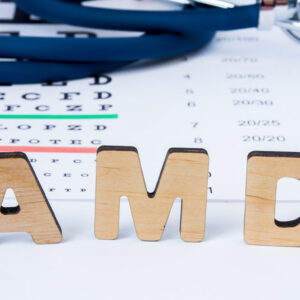
01
Common kidney diseases and how to manage them
The kidneys are among the essential organs in the body. They help eliminate toxins from the blood and transform the impurities into urine. Unfortunately, several diseases may affect the kidneys and prevent them from functioning correctly. As per estimates, around six million people in our country aged 18 or older suffer from kidney disease. It can affect one or both kidneys and can be severe enough to require dialysis or even transplantation if not managed. What are the types of kidney diseases? They are mainly divided into chronic kidney disease (CKD) and acute kidney disease (AKD): Chronic kidney disease CKD is a long-term problem affecting the organ’s ability to filter waste from the blood. Here, the kidney is affected gradually, usually due to ailments like diabetes or high blood pressure. The main symptoms are tiredness, feeling sick more often, and weakness in one arm or leg when standing up (this may go away on standing up straight). Acute kidney disease AKD occurs suddenly and is more severe but not a long-term problem. It may result from damage to the organ due to an illness or treatment. The symptoms include chest pain, stomach pain, loss of appetite, and fever, among others. What are the most common kidney diseases? Some of the most common ones are kidney stones, glomerulonephritis, polycystic kidney disease, and urinary tract infection (UTI). Let us take a closer look: Kidney stones These are hard deposits of calcium and other substances inside the organ. Kidney stones can be as tiny as a salt grain or as large as a lime. They may cause pain in the lower back, side, or abdomen and blood in the urine. The pain is caused by pressure on one or more of the ureters—the two tubes that carry urine from the kidneys to the bladder.
Read More 










